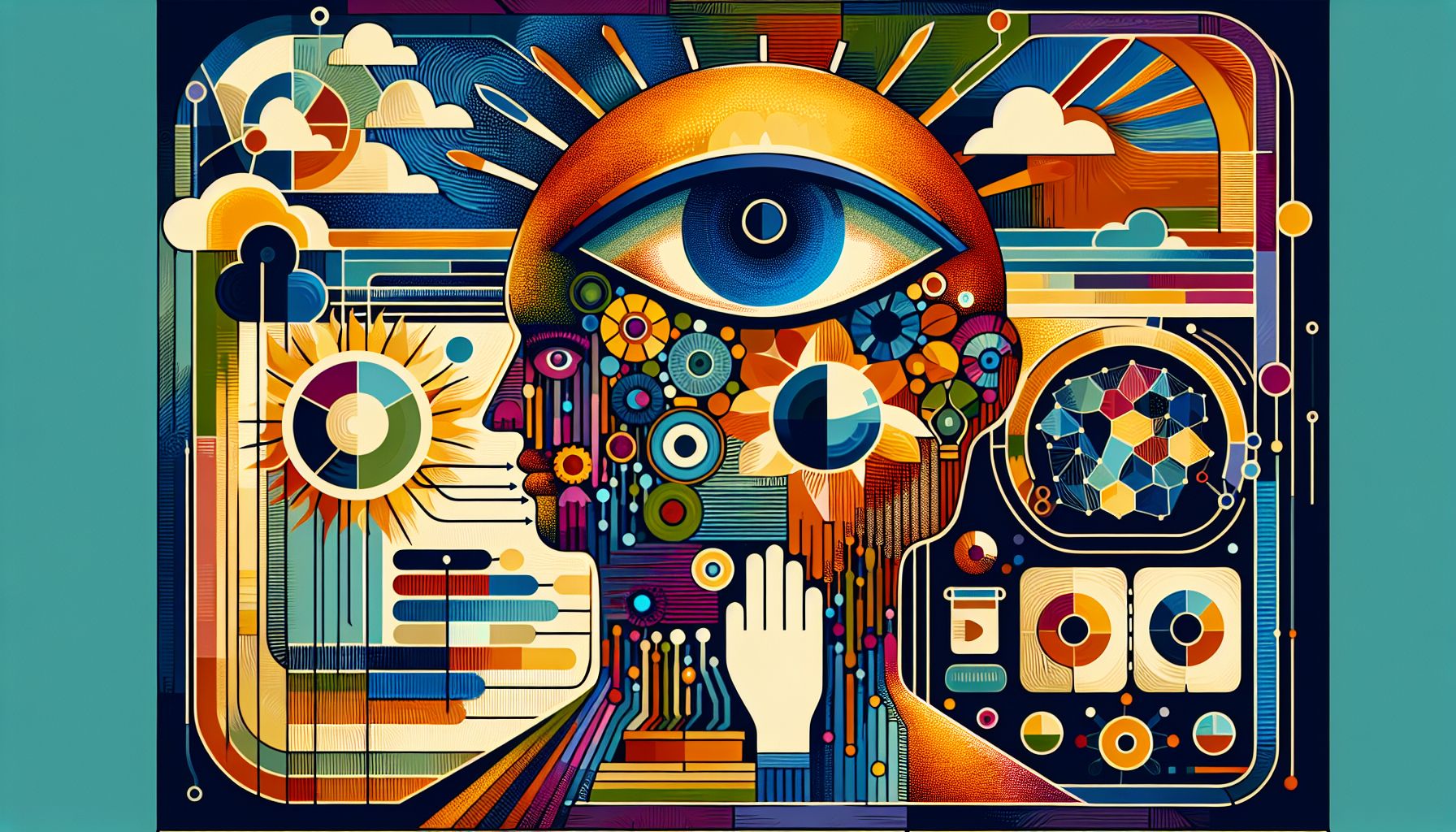Be My Eyes Pioneers AI-Driven Inclusivity for Visually Impaired

Netherlands, Thursday, 8 August 2024.
Be My Eyes, a popular app for the visually impaired, is leveraging AI to enhance assistance and promote inclusivity. The initiative aims to make AI technology more representative by using user data to train models, while implementing stringent privacy measures and opt-out options for users.
The Vision Behind the Initiative
Launched on July 26, 2024, coinciding with the 34th anniversary of the Americans with Disabilities Act (ADA), Be My Eyes announced a groundbreaking initiative to use video data for training AI models. This effort is designed to ensure that AI systems are more inclusive and representative of the experiences of blind and low-vision individuals. According to Hans Jorgen Wiberg, founder of Be My Eyes, the company believes there is a moral imperative to develop AI models that reflect the real experiences and capabilities of the blind community[1].
How It Works
The Be My Eyes app connects visually impaired users with sighted volunteers through live video calls, providing real-time assistance for tasks such as reading labels or identifying objects. With the integration of AI, the app now includes an AI visual assistant named Be My AI. This assistant, powered by GPT-4, can describe images and provide assistance autonomously. Importantly, Be My Eyes has introduced a new data-sharing policy where users can opt-in to share their video data for AI training, ensuring that these models are trained on real-world scenarios that reflect the needs of the visually impaired community[2].
Privacy and Data Control
Recognizing the sensitivity of user data, Be My Eyes has strengthened its data and privacy policies. Users have full control over their data and can opt-out of sharing their video data without impacting their use of the app. Additionally, photos and videos generated within Be My AI are excluded from AI training to prevent the perpetuation of biases. The organization emphasizes transparency and user consent, ensuring that personal information is deleted before any data is shared with third parties for AI training[3].
Impact on AI and Inclusivity
The initiative by Be My Eyes is not just about improving AI for the visually impaired but also about setting a precedent for inclusivity in AI development. By using diverse and representative data, AI models can be trained to better understand and serve the needs of all users, reducing biases and improving overall accessibility. This approach aligns with the principles of the ADA and highlights the importance of inclusivity in technological advancements[4].
Future Prospects
As Be My Eyes continues to innovate, the company aims to expand its partnerships and collaborations to further enhance the inclusivity of AI technologies. With over 650,000 users, the app’s community is growing rapidly, and the feedback from these users will be crucial in shaping the future of AI development. The success of Be My AI, recognized among Time’s Best Inventions of 2023, underscores the potential of inclusive AI to make a significant impact on the lives of visually impaired individuals worldwide[5].

